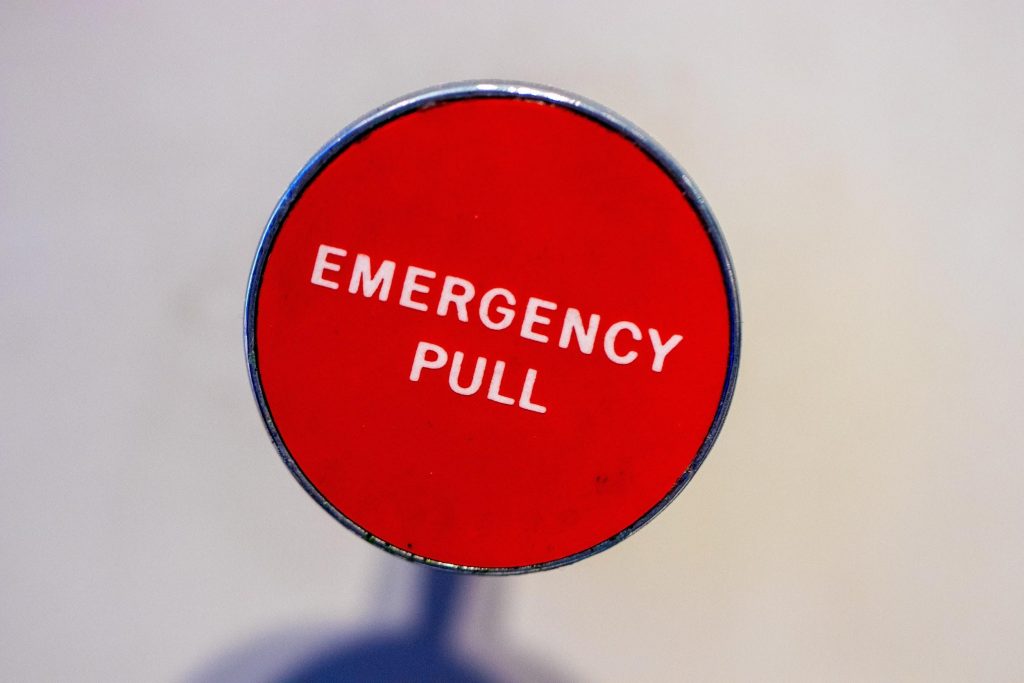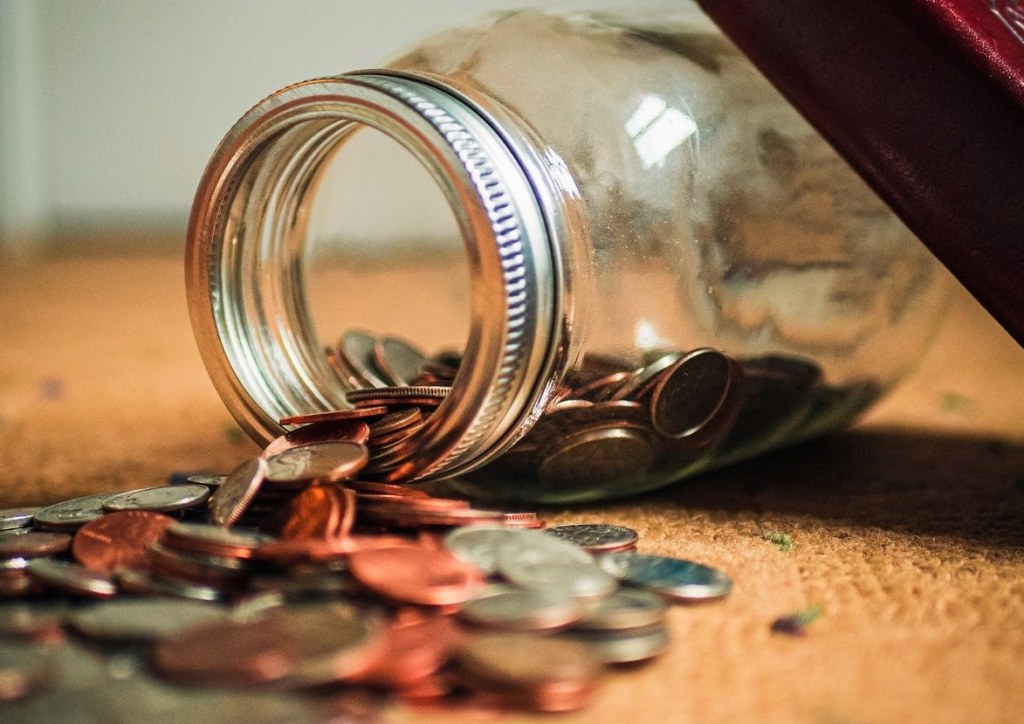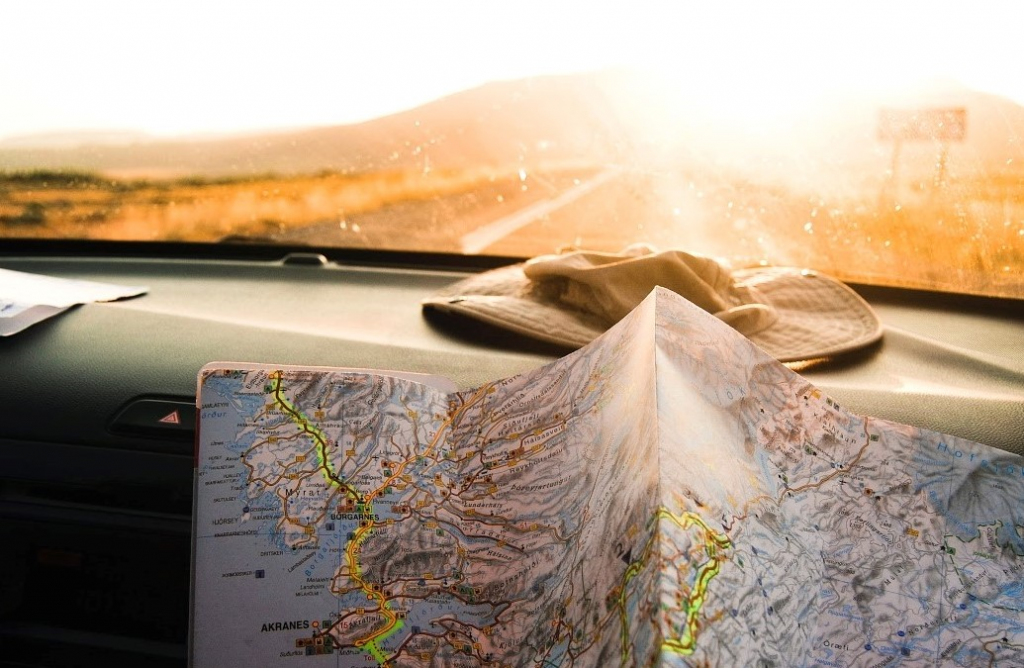When it comes to money, nobody wants to be caught unprepared. If anything urgent happens or if you suddenly lose your income, having some extra funds might save you. And that’s why it’s called an emergency fund.
What is an emergency fund?
Think of an unexpected situation where you are in desperate need of cash. Here’s a couple of scenarios: You find out that you or your partner is expecting a baby. Or you break a leg playing football and all of a sudden need to pay huge medical bills. Or the engine of your car breaks down and you urgently need to replace it. Or worse, you or a close relative suddenly find yourselves unemployed. What happens then?
If you haven’t saved money, then you might be in trouble. But if you saved some cash, then you could survive a horrible situation and come out okay on the other side.
That’s what an emergency fund is for. It’s a set amount of cash available to cover for a short period when you have no income, or to pay for sudden, unexpected expenses. It’s readily available to act as a safety net for a rainy day, protecting you from falling into debt.

As we never know what the future holds, it’s advisable that everyone should build their own emergency fund. But where do you start?
How to build an emergency fund
First, think of how big you want this fund to be. Consider factors like:
- Do you have other assets that you could potentially sell if you need cash, or will the emergency fund be your only safeguard?
- If you or your partner lost your jobs, how long would it take to find a new one?
- In case something really bad happens, like a close relative needs an urgent surgery or someone loses their home, would you be the main person to help or are there others that could also weigh in?
These are some basic questions you should ask yourself to determine how much you need to save. A good rule of thumb is thinking about it in terms of monthly expenses. Consider building an emergency fund that could cover for up to 3 to 6 full months’ of normal living expenses.
In other words, if your basic bills like rent, utilities, food and transportation account for €2,000 a month, try to save anything between €6,000 and €12,000.

Create a building plan
Now that you know how much you want to save, calculate how long it will take you to save it. Do you have assets that could be converted into an emergency fund right away? Or will you need to save a small portion of your income every month?
If the latter seems more likely, then simply divide the total amount you want to save by the amount you can put away every month. That number will guide your whole fund-building process.
Let’s look at it in practical terms continuing with the previous example. Let’s say you spend €2,000 a month on living expenses and want to build a robust emergency fund that could last you 6 months. Analysing your income and expenses, you realise that saving €500 a month is realistic.
Multiply your monthly expenses by the number of months (2,000 x 6 = 12,000) and divide that number by the amount you can save every month (12,000/500 = 24). In this scenario, it would take you 24 months to build the fund of your dreams.
Whenever possible, activate an automatic transfer to your chosen high liquidity account. That way, you can secure the money for your emergency fund every month and try to reach your goal within the determined time.
But beware: Plans were made to be changed and adjusted. So if you are strapped for cash for whatever reason or you received a generous bump in your salary, adapt your savings plan accordingly.

Keep your money close
Generally speaking, an emergency fund is separate from your traditional investments; such as real estate and bonds, because you might need the cash quickly. Instead, think of having this portion of your portfolio somewhere you can access quickly and easily, like a savings account or a solution like Bondora’s Go & Grow. With Go & Grow, you can request to withdraw your money at any time whilst letting your money grow until you need it.
Go beyond
Once you’ve reached your desired amount you don’t need to stop there. A good idea would be to continue putting €500 away, but instead of your emergency fund, you could choose to put it into your investment fund. But make sure to diversify and choose at least some high liquidity assets that could provide you with quick cash in case your emergency fund dries up.
Remember, it’s always better to be safe than sorry. Plan, build, adapt and consolidate your emergency fund. That way, you can have peace of mind knowing you’re prepared for whatever life throws at you.